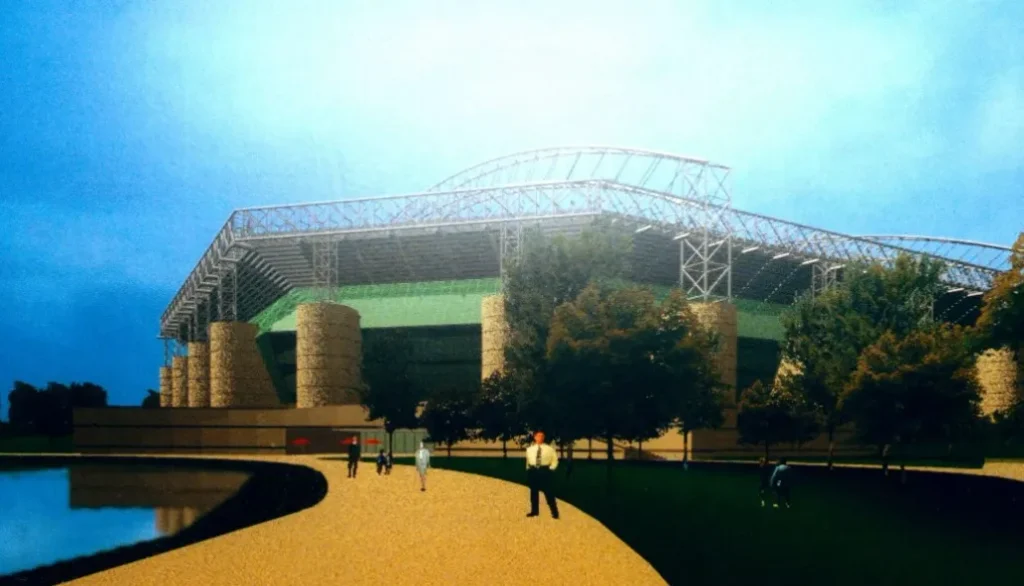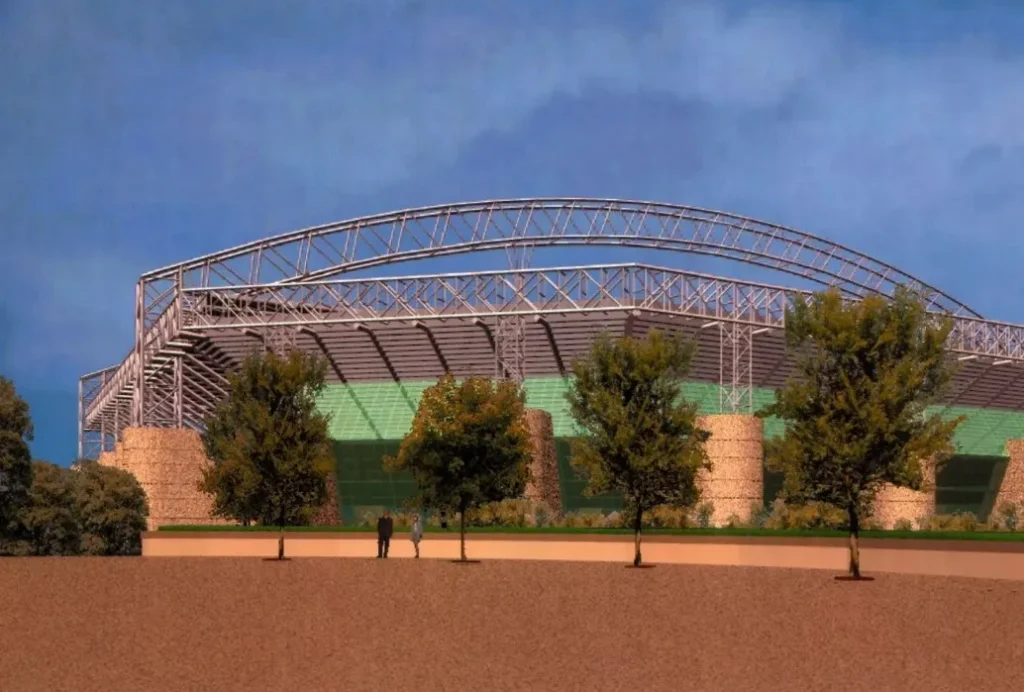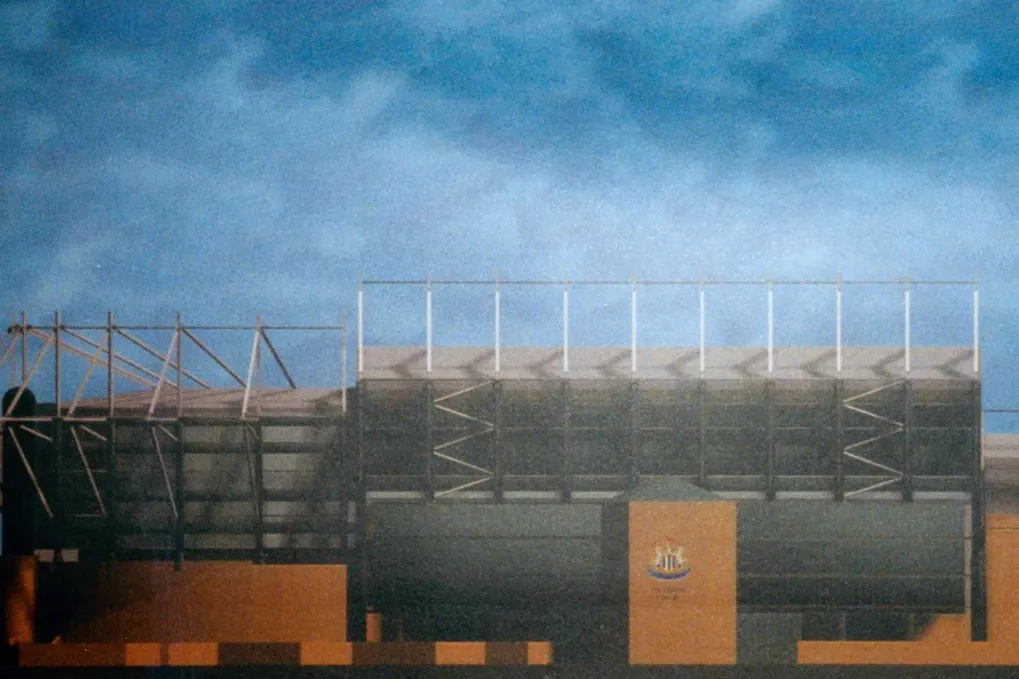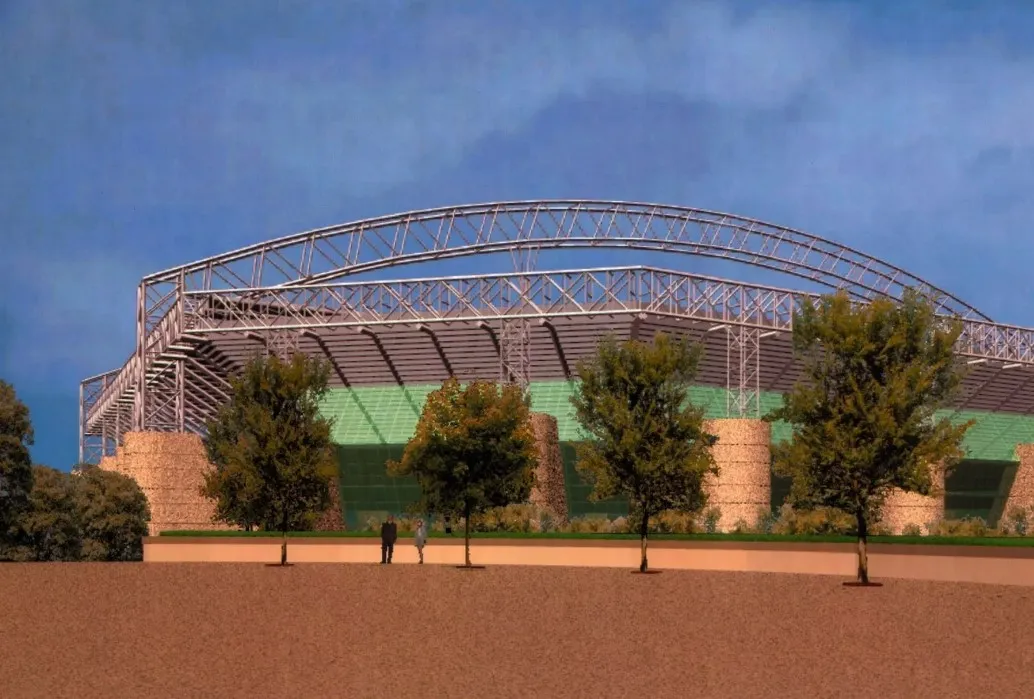Newcastle United once dreamed of building a stadium so impressive that it earned the nickname the San Siro of the North. It was an ambitious vision that would have transformed the club’s future and created one of the largest and most eye-catching football grounds in Europe.
But despite the excitement around the idea in the late 1990s, the plan never made it beyond the drawing board, stopped by local opposition and a long list of hurdles that made the project impossible to move forward.
Back in 1997, the club was seriously considering leaving St James’ Park behind. Newcastle had just finished as Premier League runners-up, and there was a genuine belief that the club was ready to rise into European giant status.
Then-chairman Sir John Hall had a bold vision. He wanted a modern, three-tiered bowl-shaped ground built on Castle Leazes Moor, designed to mirror the famous San Siro in Milan.

The stadium would have held around 70,000 people, instantly putting Newcastle on the same level as the biggest clubs in Europe. It would have surpassed the capacities of Anfield, the Emirates and the London Stadium, giving the Magpies one of the most powerful home advantages anywhere in world football.

The investment in the project was expected to be around £90 million a huge amount at the time. St James’ Park would not have simply been left behind; the plan was to convert it into a large leisure complex, complete with an indoor arena, running track and space that would draw people into the city all year round.
The vision stretched far beyond football. It was about turning Newcastle into a sporting and entertainment powerhouse.

But the excitement surrounding the idea did not extend into local communities. Opposition groups quickly formed, including Friends of the Earth and a strong local movement called No Business on the Moor.
Together they gained huge support, gathering a petition of 36,000 signatures from people who wanted to protect the green space at Castle Leazes.
Pressure began to mount from all sides, and it became clear that moving forward would require a long, expensive and hostile public inquiry. The club realised the fight could go on for years and cost far more than expected.
With the resistance growing stronger, Newcastle were forced to rethink their dreams. In November 1997, the club abandoned the idea of a new stadium and instead turned their attention back to St James’ Park.
They submitted fresh plans to upgrade and expand their historic home. The new approach focused on improving what they already had, rather than taking the risk of building something completely new.
Sir John Hall later explained that the club had explored every possible location. They looked at Leazes Park, the Town Moor and other areas close enough for fans to walk to on matchday.
They even considered moving across the river to Gateshead, where they were offered the chance to redevelop the old athletics stadium. But no option made more sense than staying in the heart of the city.
Others involved in the process also recalled how difficult the journey became. Newcastle’s executive director Russell Jones noted that the design was considered state-of-the-art, but English Heritage and other influential groups opposed the project.
Even though the council supported it, widespread resistance ultimately pushed the club toward expanding St James’ Park instead.
Once the decision was made, major renovations transformed the stadium. Capacity increased from around 35,000 to nearly 52,000, turning it into one of England’s biggest football grounds.
It became a symbol of the club’s loyalty to its roots, standing proudly in the centre of the city with its unmistakable skyline.
Today, with new owners PIF in charge and the club aiming to grow on and off the pitch, discussions about the stadium’s future have resurfaced. While Newcastle may never build the San Siro of the North, the ambition to create a world-class home for the club remains as strong as ever.

